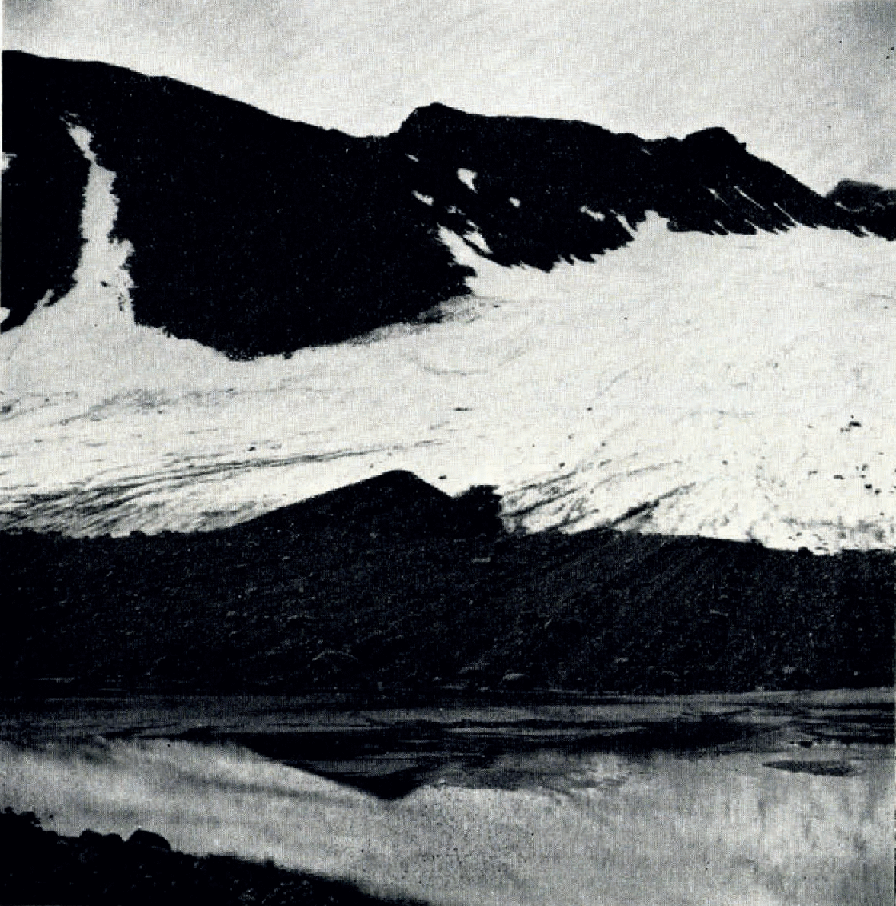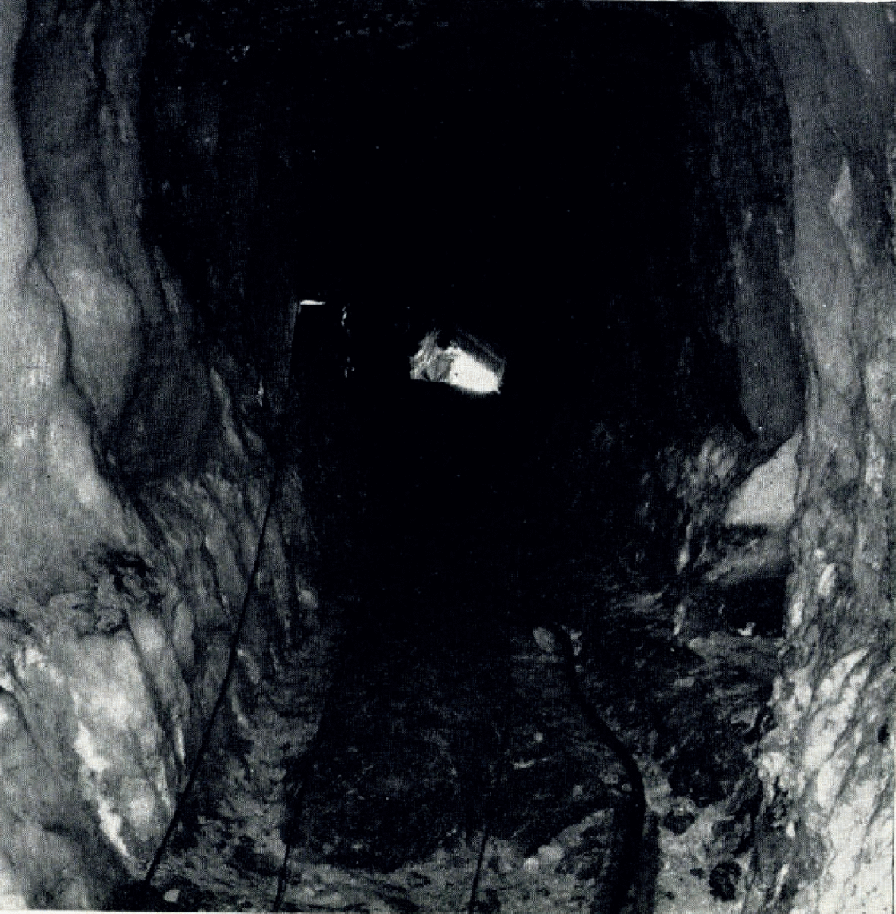The Editor,
Journal of Glaciology
Sir,
In two recent issuer of the Journal W. L. Raitt and Kaare Strøm have both described a patterned moraine feature in front of Omnsbreen in south Norway. The description given by Raitt as well as his sketch suggest that there is a well-developed, but rather small, “fluted moraine surface” in front of the glacier, This phenomenon is quite common—similar, or at least apparently similar, features have been reported from Alaska, Montana, Patagonia, Iceland, Greenland, Spitsbergen, Sweden. Norway and Switzerland, e.g. see references in Reference Hoppe and SchyttHoppe and Schytt (1953). They have occasionally been explained as erosional features, occasionally as depositional, and though both types may occur, the present writer is inclined to believe that they are all depositional features—at least as far as the ridges are concerned, which have a more or less constant height over a considerable distance of tens or even hundreds of metres.
At Isfallsglaciären in the Kebnekajse massif in northern Swedish Lapland a series of parallel longitudinal ridges (Figs. 1 and 2) was studied in some detail in 1949 and 1952, and an explanation was suggested by Reference Hoppe and SchyttHoppe and Schytt (1953, p. 114–15); this is also to be found in the paper by Reference SchyttSchytt (1959, p. 223–24), from which the following is a quotation:

Fig. 1. Fluted moraine surface in front of lsfallsglaciären, Kebnekaise, Swedish Lapland

Fig. 2. Several ridges can be traced over a distance of about 300 m. Some reach up to the crest of the 15 m. high end moraine; some can be seen to continue 20–30 m. on the distal side of the crest. This end moraine was partly overridden by the glacier in 1910
“All observations indicate that fluted moraine is an accumulation phenomenon but not related to running water. The ridges are more probably caused by a continuous supply of more or less fluid ground moraine which is pressed up in cavities formed behind (on leeward side of) boulders fixed solidly in the substratum. It has been observed that the ridges keep an astonishingly constant height even far out from the front (i.e. as soon as all the ice has thawed out), and this indicates that the cavity filling can hardly stay in fluid state after it has been pressed up. If it did, the ice pressure would soon lower the roof over the ridge, and we would get a moraine-tail behind the boulder—not a several hundred metres long ridge, which can even go up-hill. It is thus believed that the fluid moraine, which is originally at pressure melting point, is frozen to the basal ice because of the release of pressure when it is pressed up in the cavity. It is then carried along with the ice, and fresh debris, from the sides and coming down with the moving ice, is continuously pressed up in the lee of the boulder and added to the previously frozen cavity filling. In this way the ridge, being built up from behind, is carried forward as a part of the moving glacier until it reaches the zone where the low winter temperatures extend through the ice into the ground moraine. There, the ridge freezes to the substratum and can no longer move with the ice, which from now on must slide over the ridge. Since there is now a solidly frozen moraine ridge between the initiating boulder and the outer ‘stranded’ end, no more cavity can form behind the boulder, and the formation of the ridge has come to an end.”
“Such an explanation accounts for the parallelism to the direction of movement as well as for the constant height and considerable length of individual ridges.”
It can be added that several ridges start from boulders, which are then solidly fixed in the substratum.
A preferred pebble orientation parallel to the ice movement has been observed in lour ridges studied outside Isfallsglaciären.
On the leeward side of certain boulders one can also see the “crag-and-tail” phenomenon mentioned by Kaare Strøm. The tail is then shorter; it is highest at the boulder and tapers out gradually.
In the winter and the spring of 1962 a 60 m. long tunnel was dug along the bottom of Isfallsglaciären. The parallel ridges continued throughout the whole length of the tunnel.
During the field work no observations were made which contradicted the explanation given above—several observations, however, seemed to support it (Fig. 3). About 1,500 kg. of ice and till samples were brought back to Stockholm and are now being studied in a cold laboratory.

Fig. 3. Several fluted moraine ridges were observed in the whole length of the tunnel. Two of them terminated, or rather started, in the tunnel and in both cases they started on the leeward side of a well-polished boulder. Their cross-sections conformed to those of the boulders
23 March 1963







